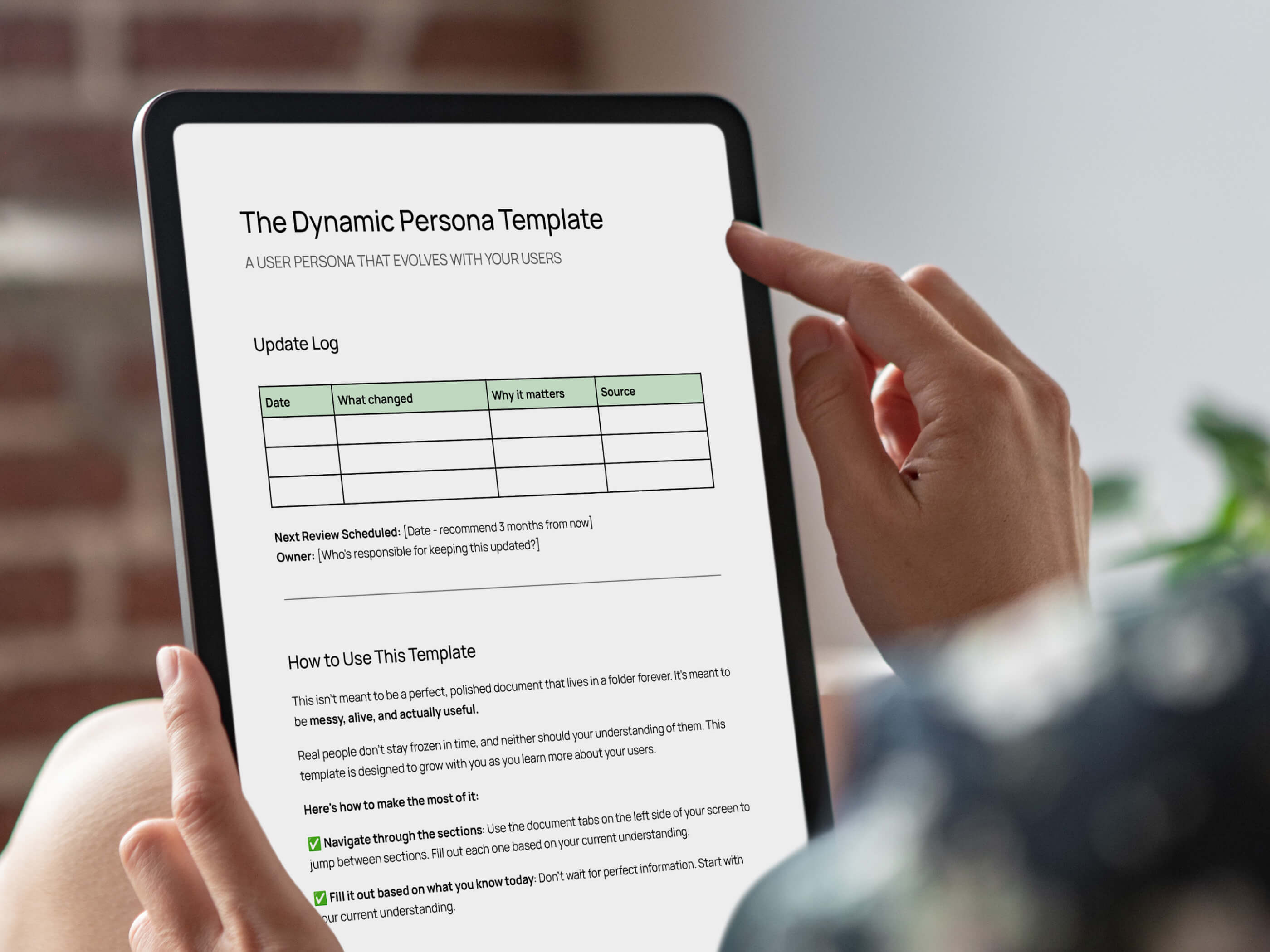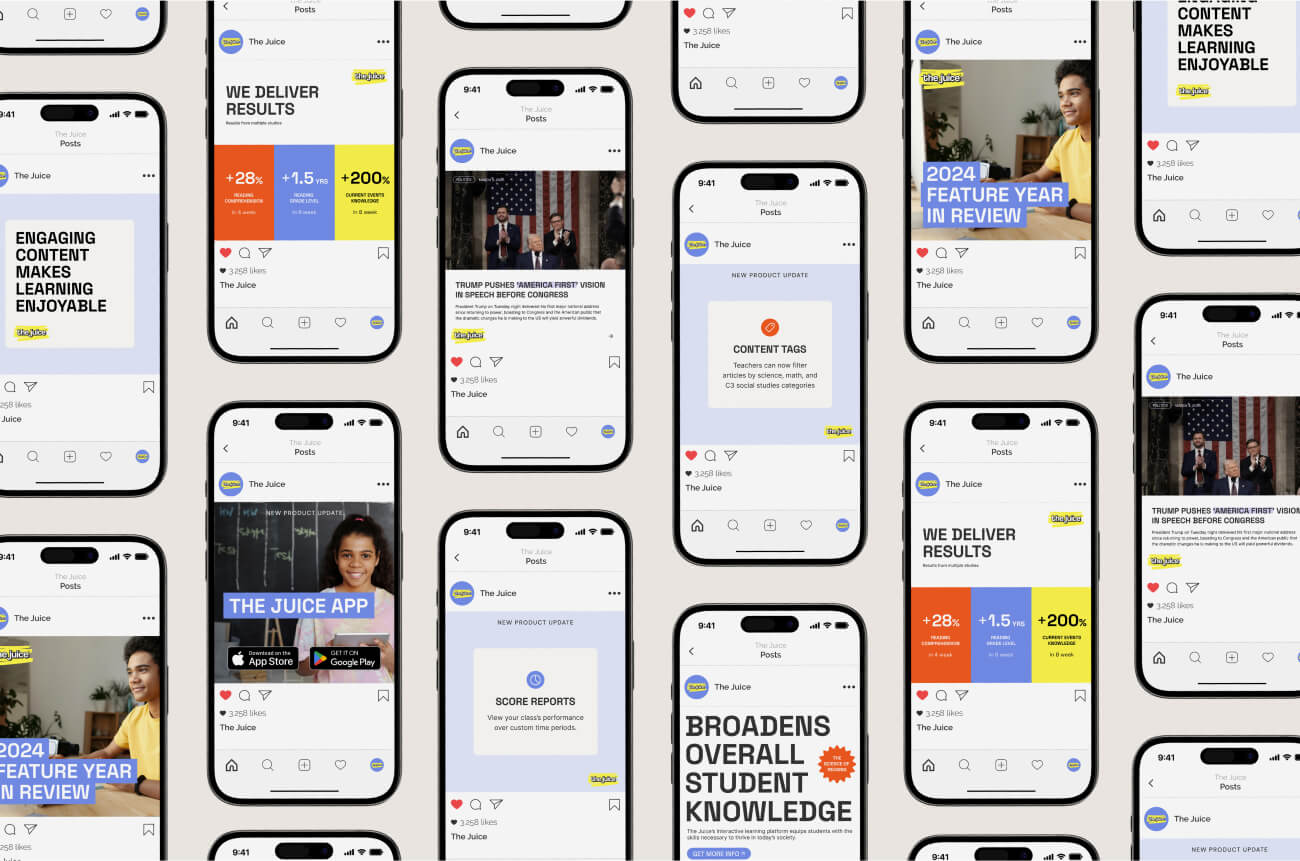Link copied to clipboard
.jpg)
When we think of designing for trust, most people think of testimonials, privacy badges, or clean dashboards. But trust actually begins long before the dashboard fills up.
It starts with the empty state: the moment your product has nothing to show yet.
It’s the screen between “I just signed up” and “I understand how this works.”
And for users, especially in femtech or family tech, that moment can make or break how safe they feel moving forward.
An empty state appears when there’s no data to display yet. It’s the “blank slate” that shows up when someone first signs up, finishes onboarding, or clears a list.
It’s easy to treat this screen as filler. But in reality, it’s your product’s first chance to teach, reassure, and connect.
This is where your product answers subtle but crucial questions:
Handled well, an empty state turns uncertainty into confidence.
Many apps make users feel like they’ve done something wrong when there’s “nothing here yet.” Phrases like “No data found” or “You haven’t added anything” can sound unintentionally judgmental.
Instead, focus on encouragement and clarity:
Example:
“Your next cycle prediction will appear here once you’ve logged a few days.”
or
“No appointments yet. Let’s book your first one together.”
That small tone shift changes the experience from failure to opportunity.
An empty state should always lead somewhere. Think of it as a micro-onboarding moment.
If users don’t know what to do next, they’ll assume the product isn’t ready for them, and that kills trust instantly.
Use visuals or simple CTAs that make the next step obvious.
Example:
A good rule: if you can reduce hesitation, you’re building trust.
Empty states in femtech or family tech often appear during emotionally charged moments, after a loss, during a pause in tracking, or when something changes.
Ignoring that context can make your product feel detached. A simple message of care can change everything.
Example:
“Taking a break? That’s okay. Your data will be here whenever you’re ready.”
“Nothing to show right now, but your progress so far matters.”
These moments remind users they’re not just data points. They’re people being supported.
Empty states are quiet, but they speak volumes.
They show your product’s true personality — not in the big, polished moments, but in the in-between spaces where users wonder, Can I trust this?
When your empty state reassures, guides, and acknowledges what users might be feeling, you’re not just designing a screen — you’re building a relationship.
Because trust doesn’t start when everything’s working.
It starts when users feel seen, even when there’s nothing yet to show.


